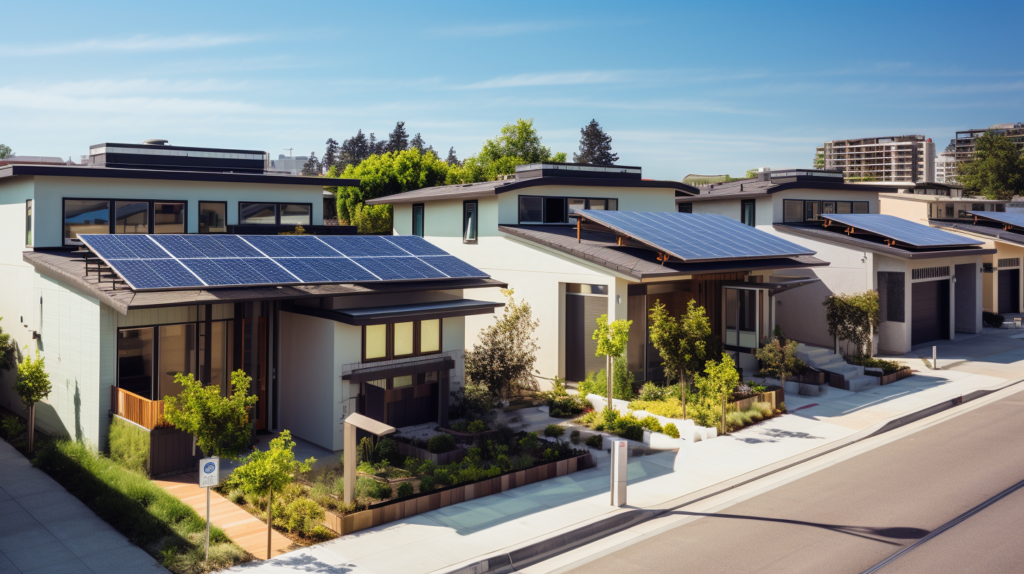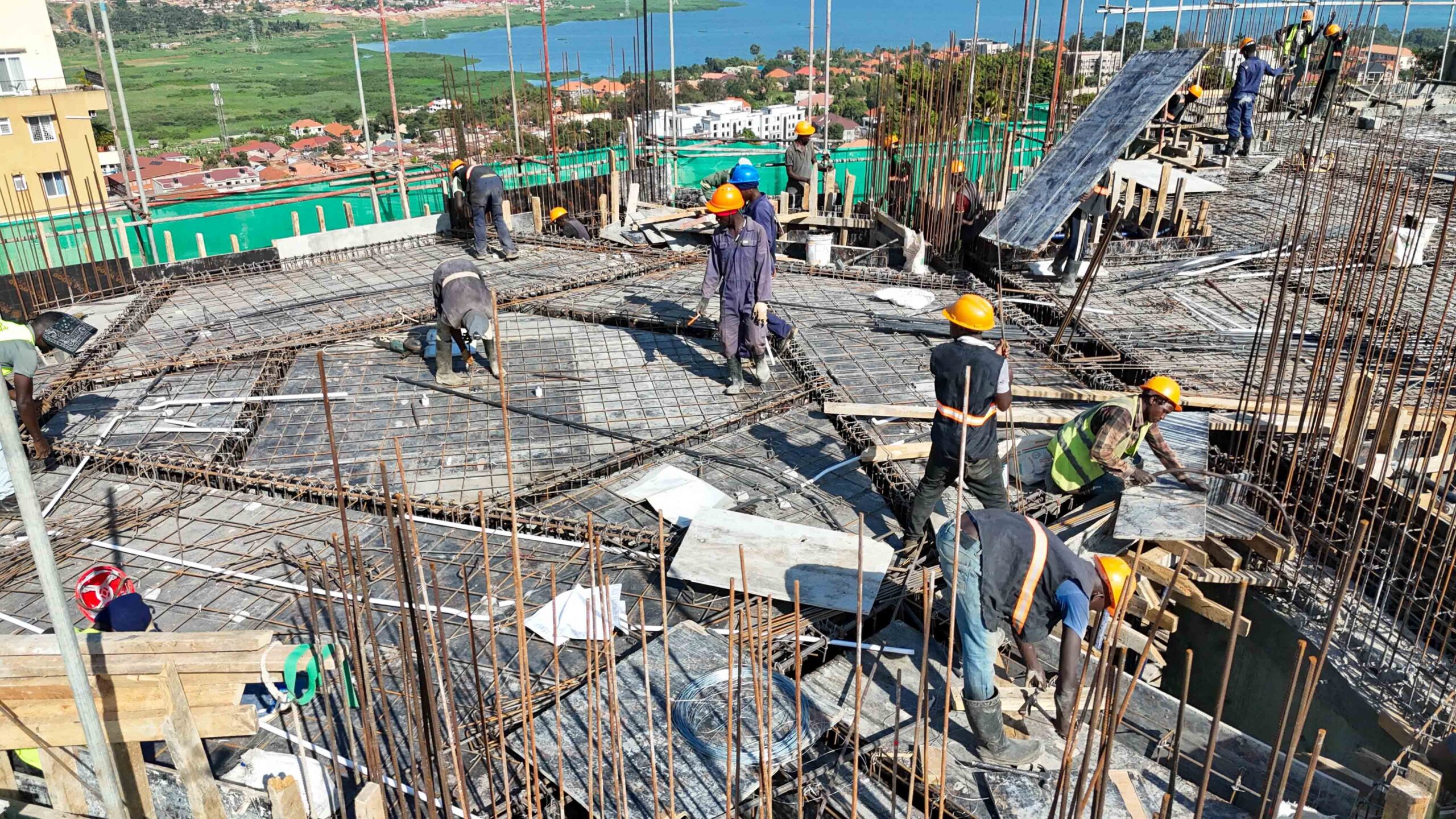1. The Multi-Dimensional Challenge
Social housing must meet four major imperatives simultaneously: comfort, affordability, environmental performance, and resilience in the face of climate risk .
To serve diverse populations while respecting budget constraints, developers increasingly address technical, social, and governance dimensions in tandem—a holistic sustainability framework that guides policy and design decisions 2. Material Efficiency and Circularity
Low‑impact design begins with circular construction practices—maximizing reuse of existing materials or repurposing on-site waste. The building sector increasingly adopts this strategy to reduce embodied energy and emissions
Use of local and reclaimed materials (e.g. sustainably certified timber, rammed earth, reused stone or timber, straw panels) lowers transport impacts while offering cost-effective, durable, low‑carbon options that also lend aesthetic appeal
3. Efficient Building Forms and Typologies
Design typologies such as low‑rise, high‑density housing(typically 2–4 stories) strike a balance between land efficiency and human scale, fostering community while avoiding the pitfalls of high‑rise blocks
Factory‑built/modular housing offers scalable affordability and faster delivery, while integrating energy‑efficient systems and consistent quality controls—ideal for meeting urgent housing demands sustainably .
4. Energy Performance and Climate Resilience
Adopting renewable systems (like rooftop solar, geothermal, energy‑efficient envelope design) reduces utility costs and emissions over long‑term operation, making the homes affordable in lifecycle terms
Smart metering, predictive maintenance, and sensor‑driven systems enhance performance and tenant engagement, reinforcing sustainable living practices. Some projects deliver surplus energy back to the grid or communal facilities.
5. Community-Centered Design and Governance
Design excellence and beauty matter in social housing—not merely functionality. High‑quality architecture fosters pride, dignity, and better integration with the urban fabric
Inclusive planning processes, such as co‑design and resident participation, reinforce social ownership and tailor solutions to real needs. Governance mechanisms like community land trusts help preserve long‑term affordability and prevent displacement.





